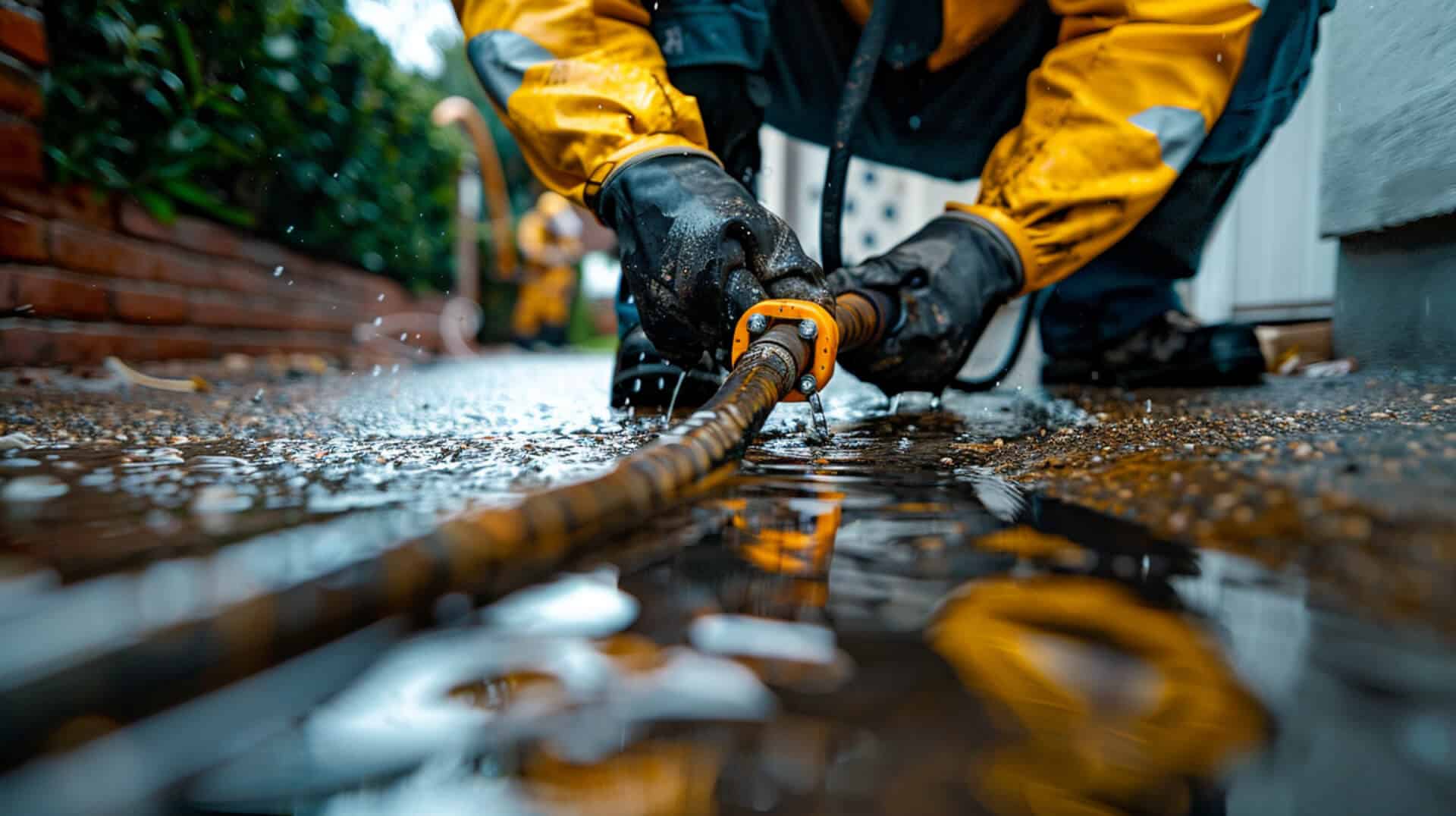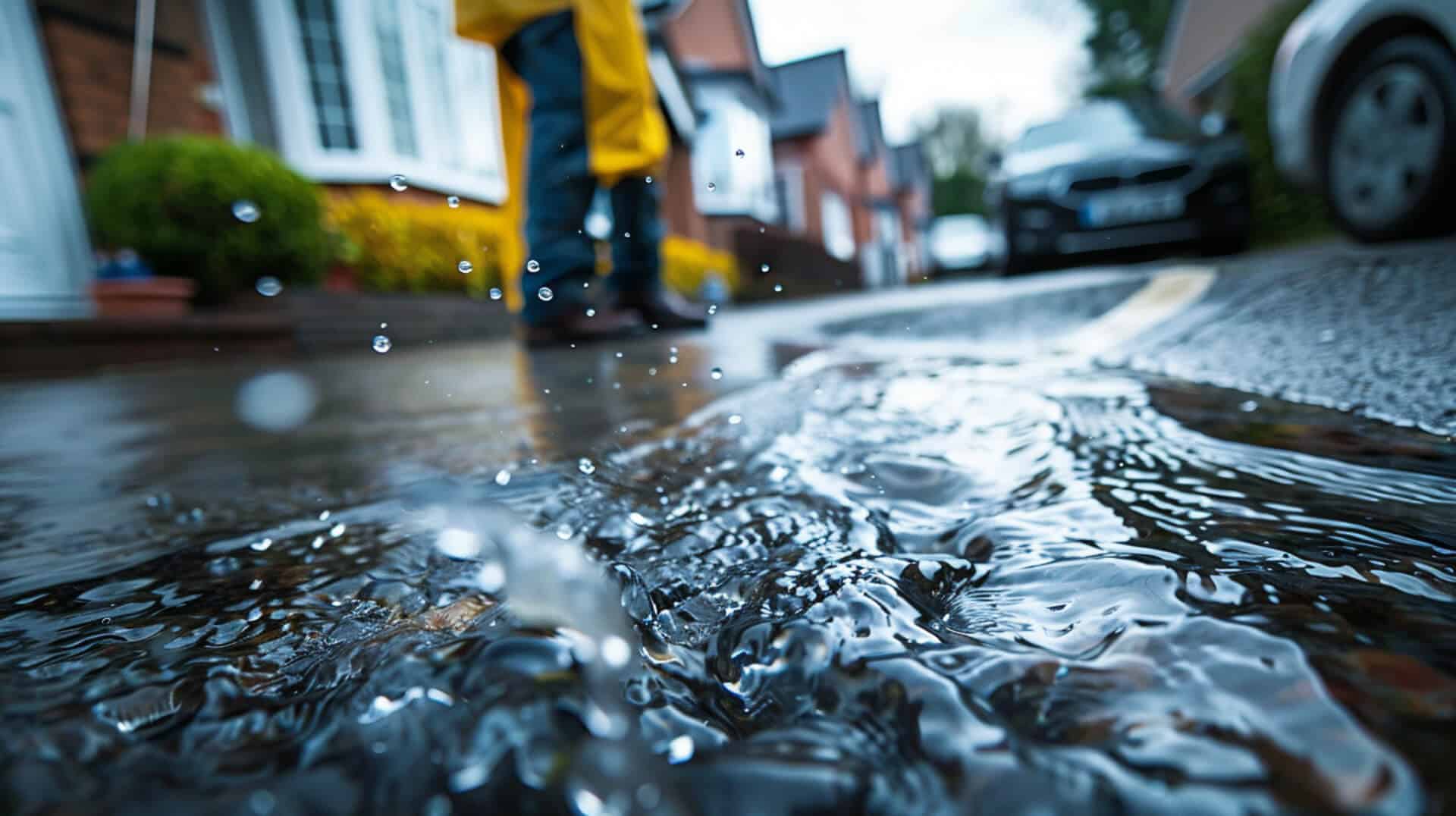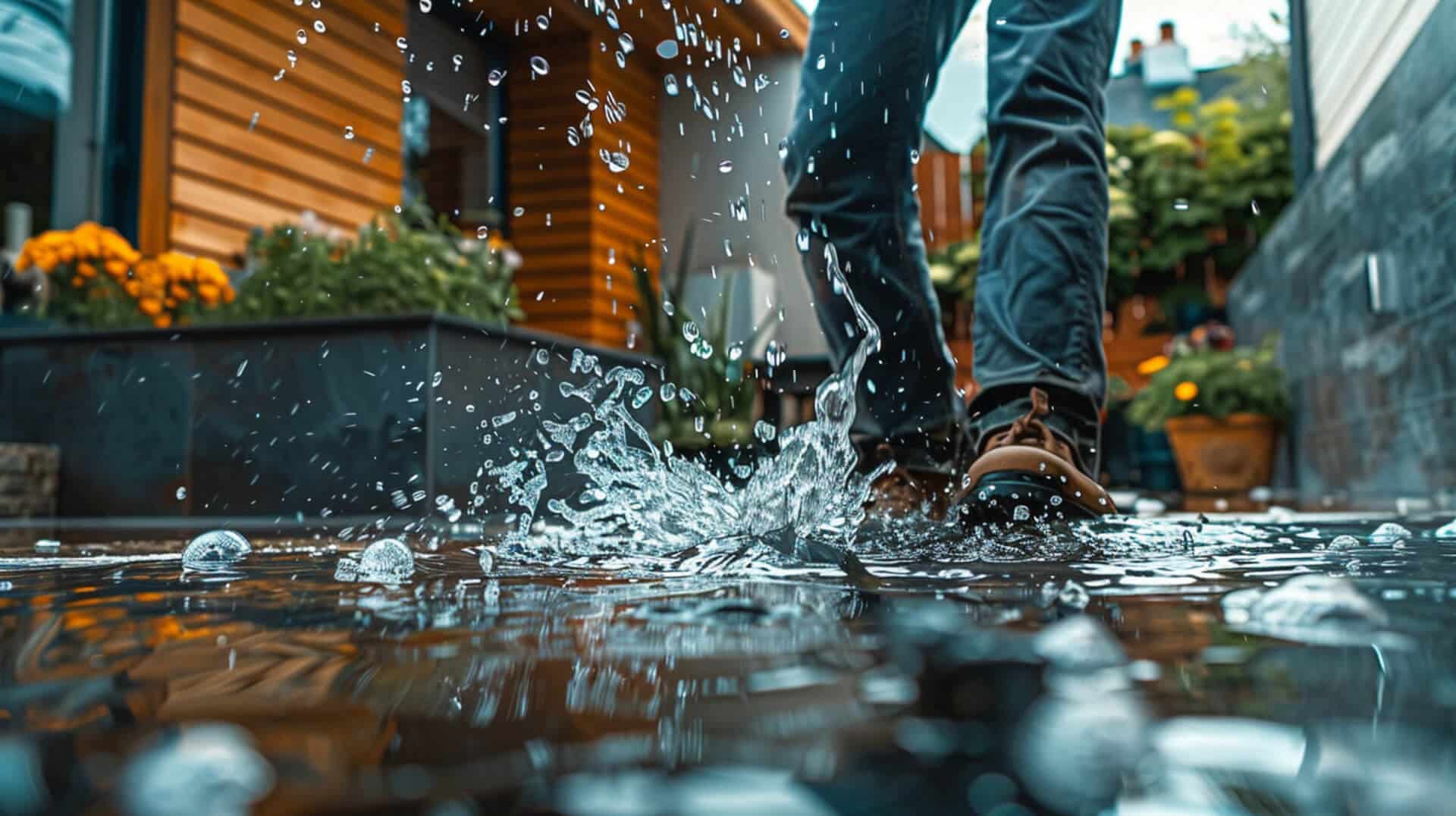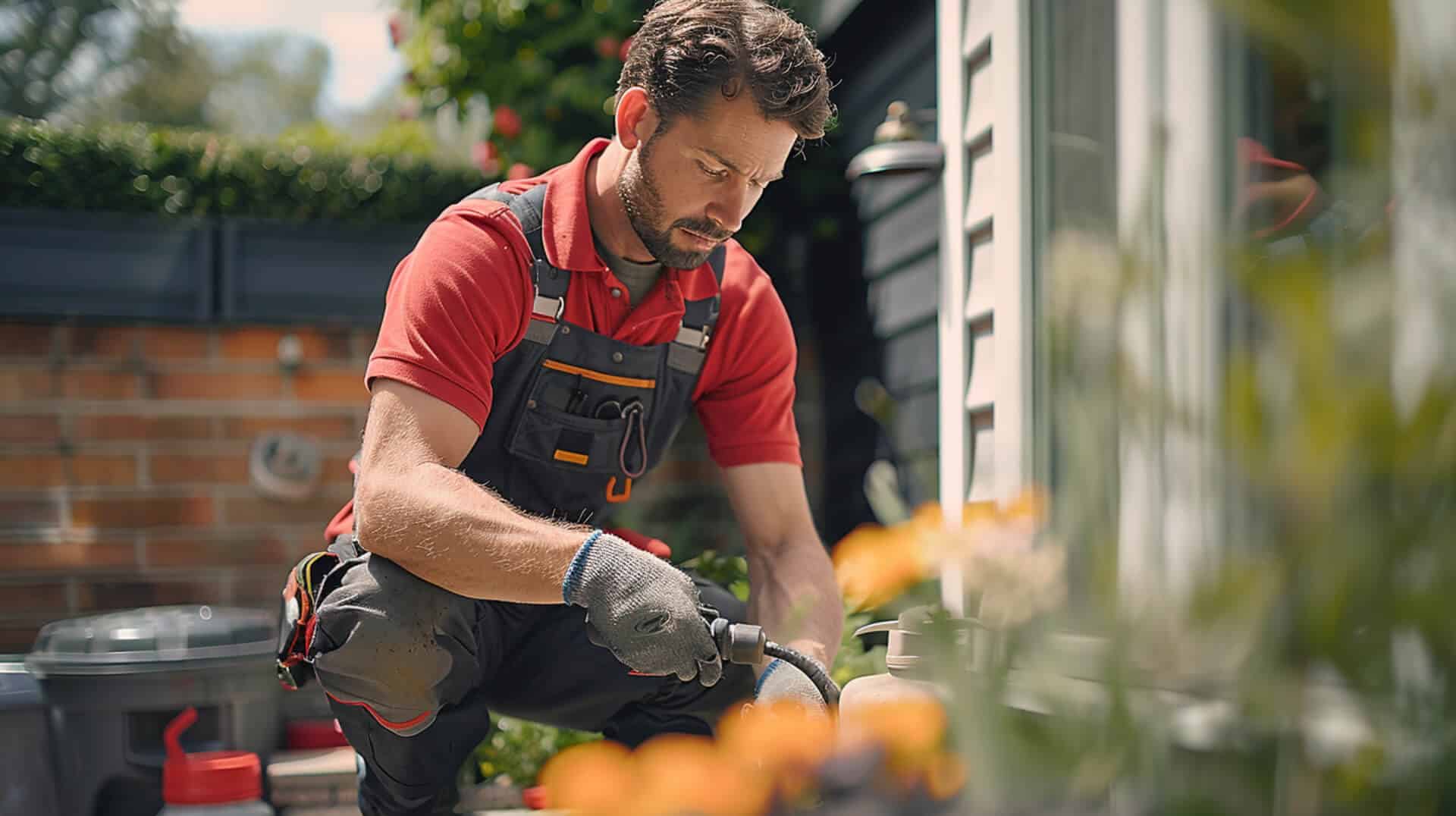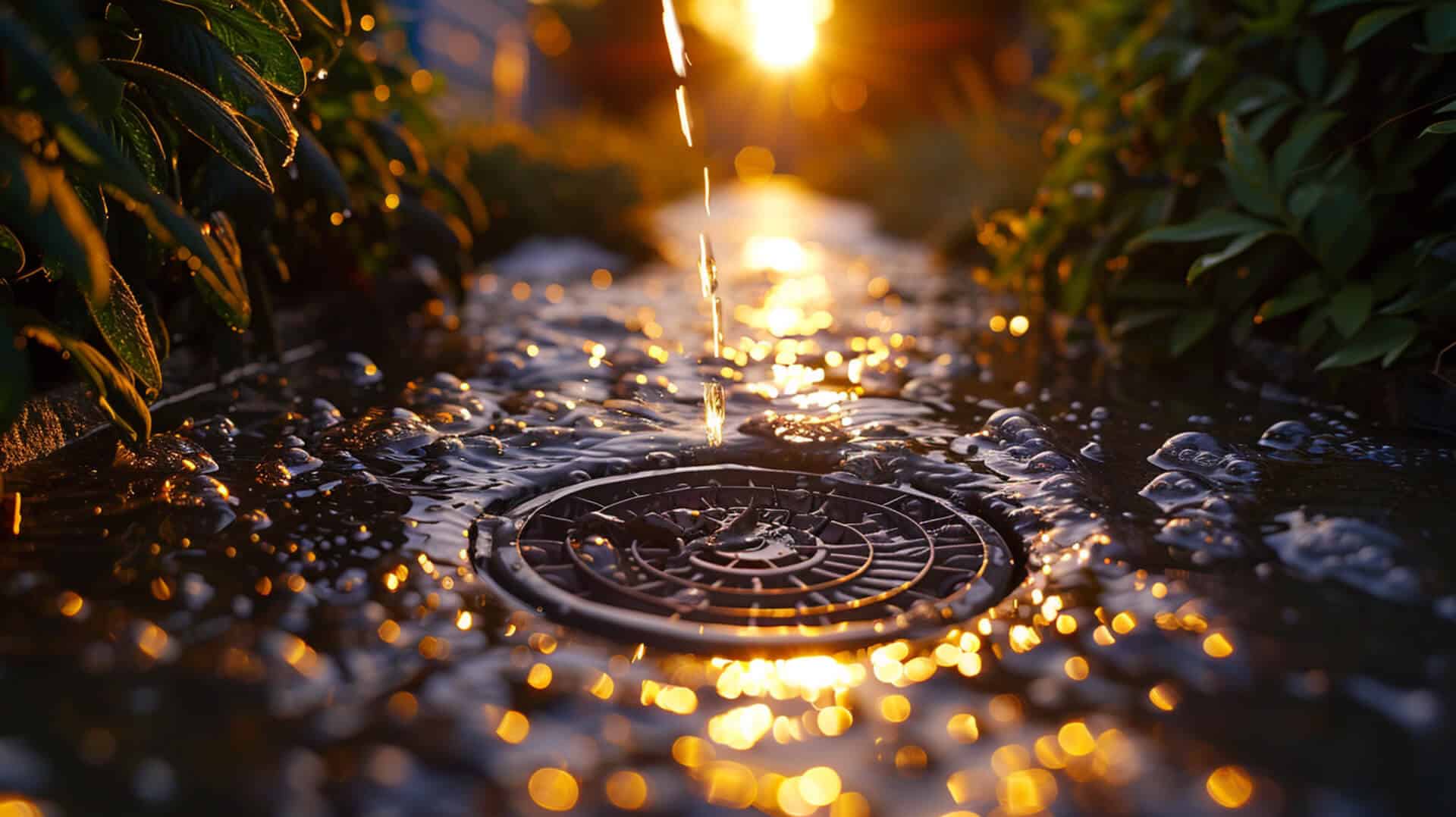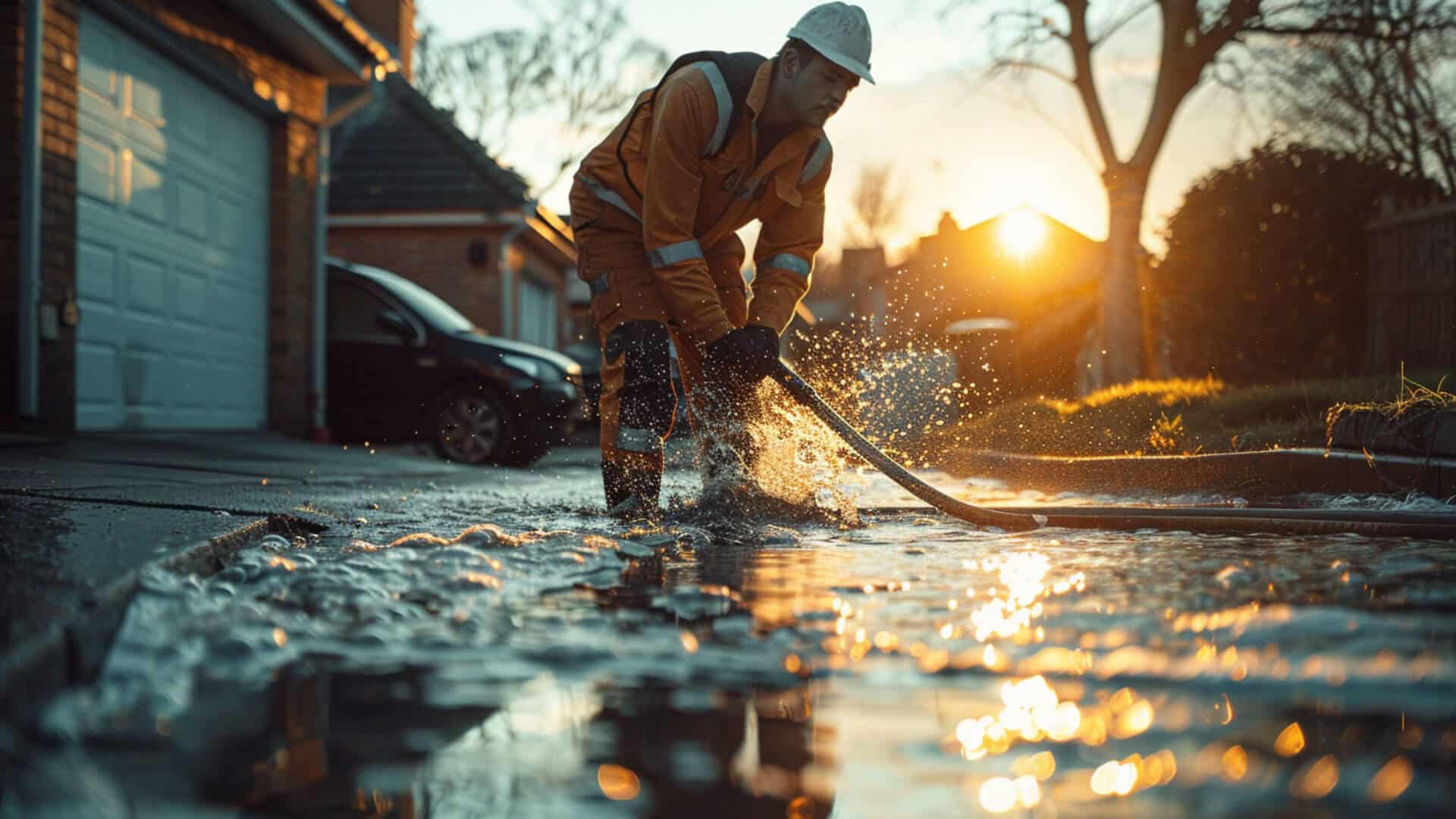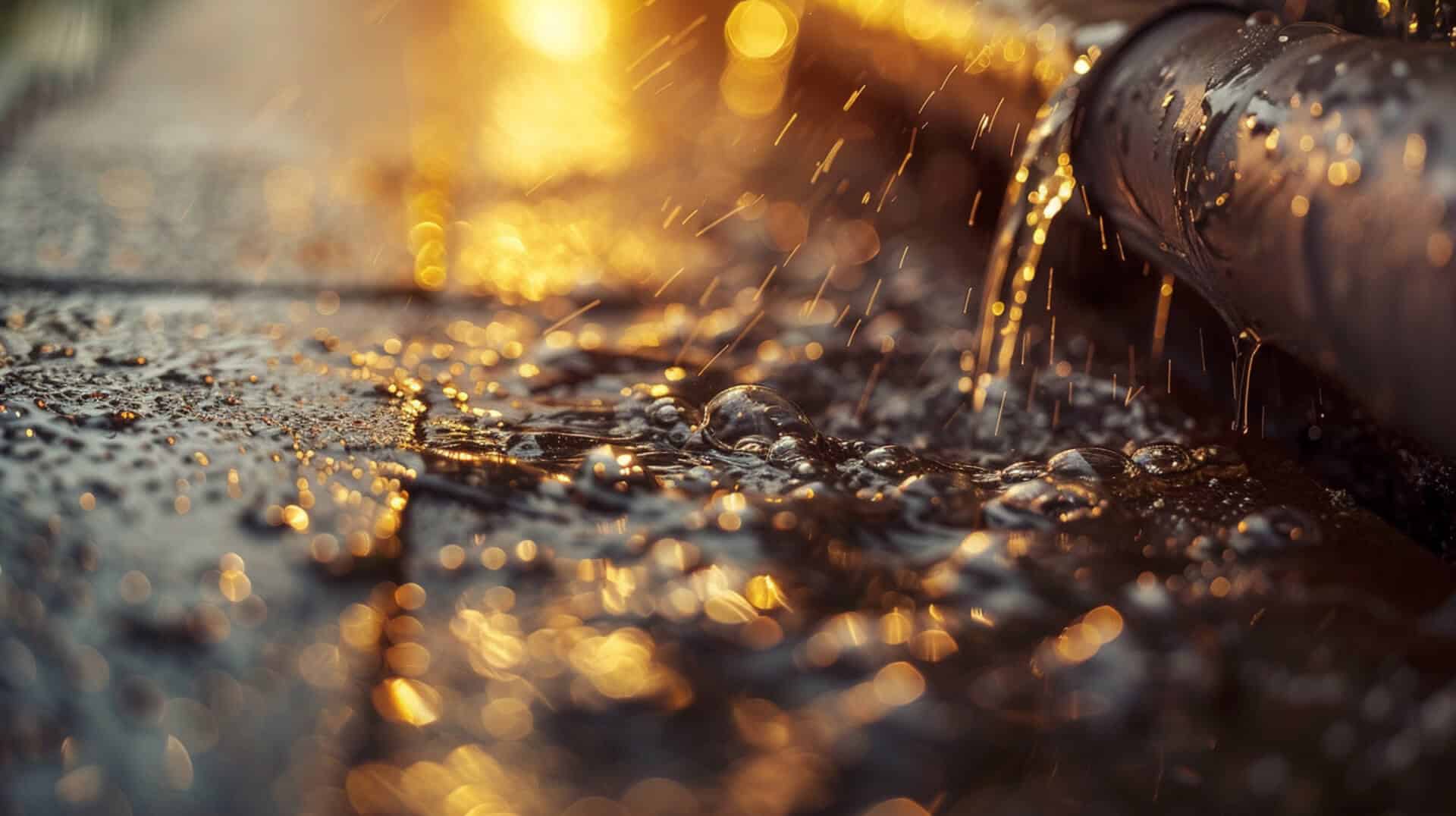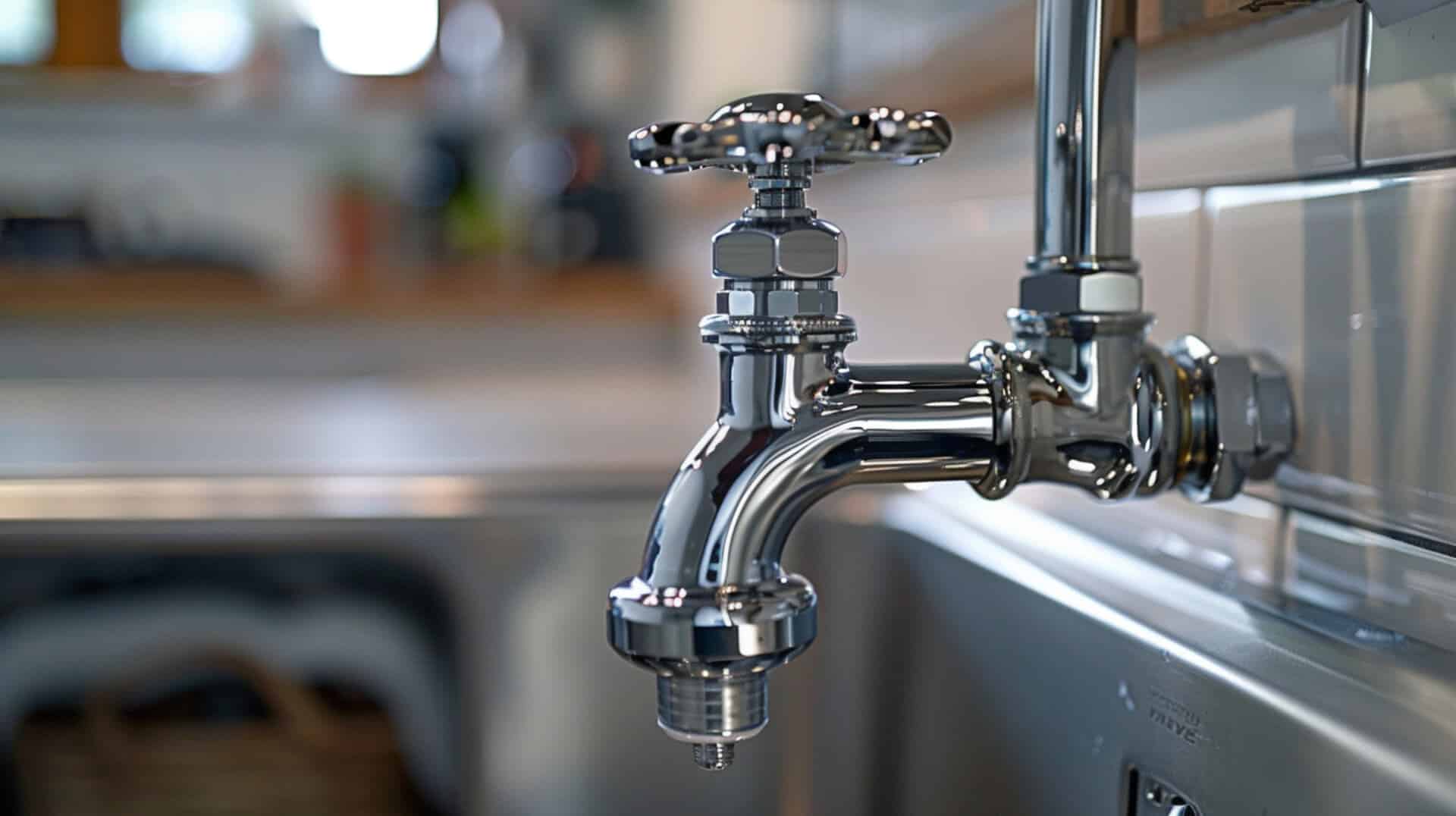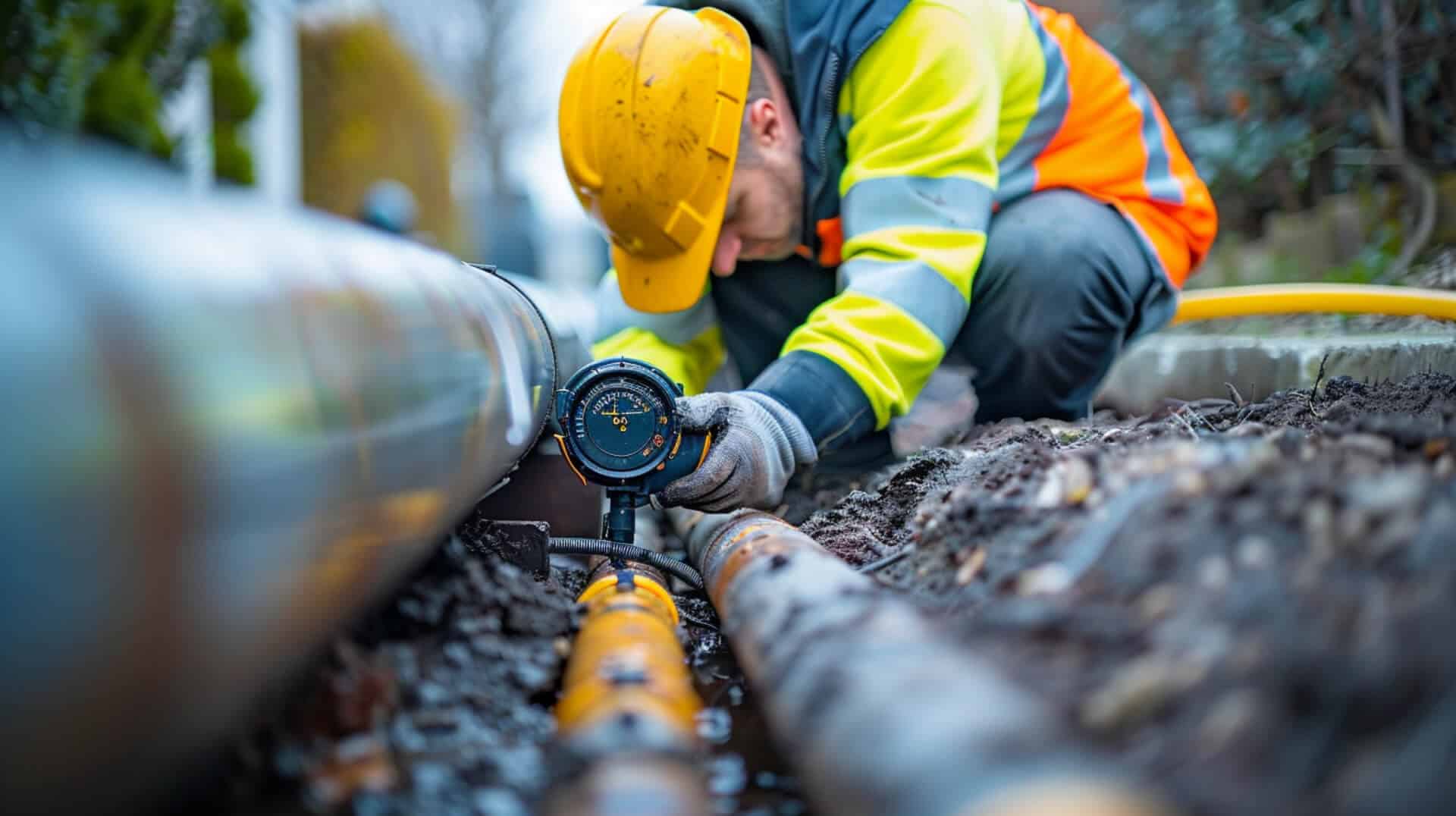 What Are The Benefits Of Drain Rodding Service
What Are The Benefits Of Drain Rodding Service
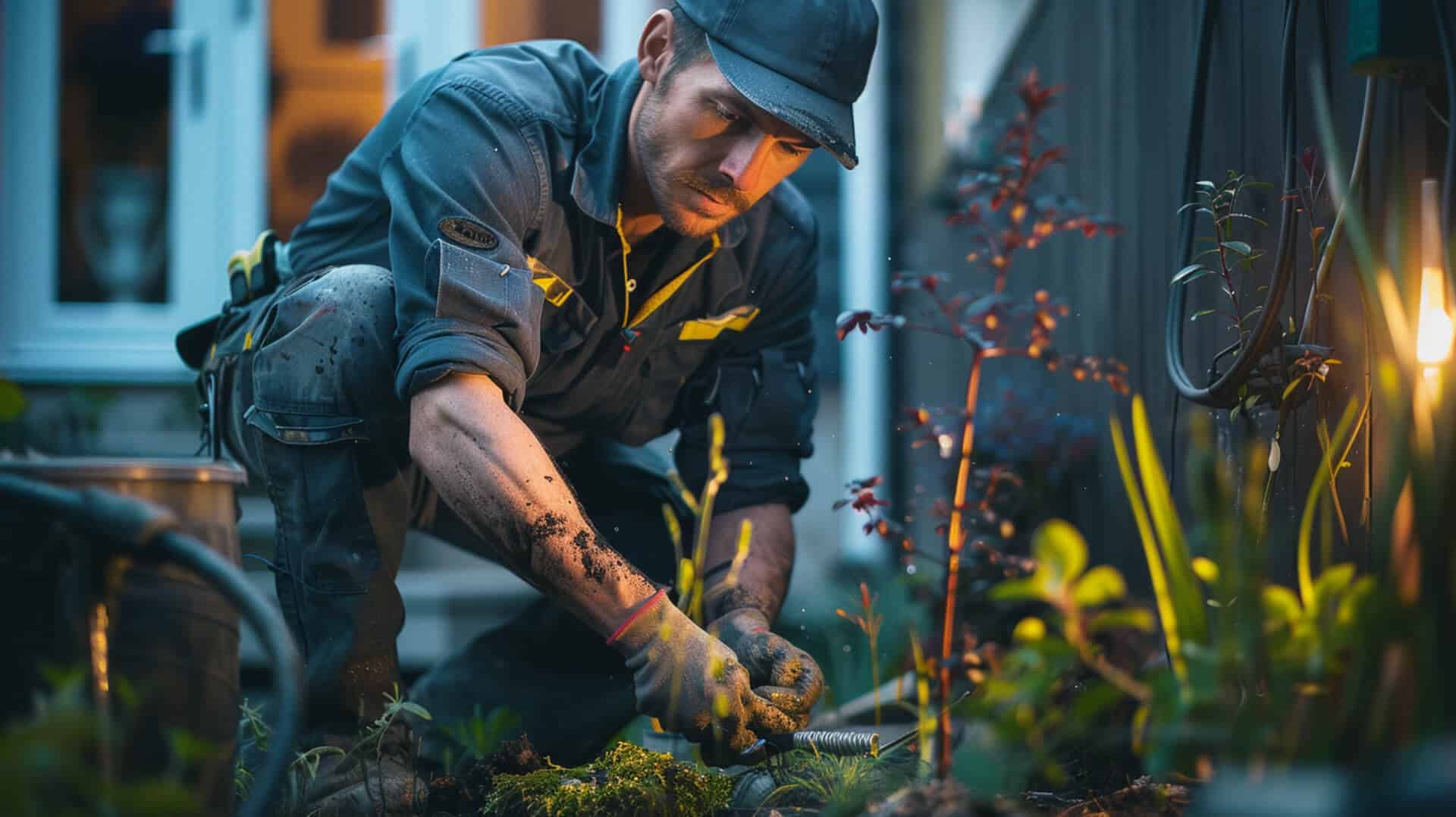
Drain rodding is a traditional method for clearing blockages in plumbing systems. It involves the use of flexible rods, which are inserted into the drain to dislodge and remove obstructions. This technique stands out from other methods due to its simplicity and direct approach to tackling clogs that are located near the drain opening.
What Is Drain Rodding?
Drain rodding is a mechanical process that employs a series of sturdy, interlocking rods to push through and break up blockages in pipes and drains. Unlike methods such as hydro jetting or chemical treatments, rodding requires no water or chemicals, making it a straightforward and environmentally friendly option.
Reliability of Drain Rodding for Blockage Removal
The reliability of drain rodding lies in its direct physical action against blockages. It is particularly effective for clogs caused by everyday waste, such as food particles, grease, and sanitary products. The method’s efficacy has been proven over time, making it a trusted choice for quick and effective blockage removal.
Optimal Timing for Drain Rodding Services
The best time to opt for drain rodding services is at the first sign of drainage issues, such as slow draining water or unusual noises from the pipes. Early intervention can prevent the blockage from worsening and causing further plumbing complications.
The Drain Rodding Process
During the drain rodding process, technicians use flexible rods with various attachments, like plungers or corkscrews, to penetrate and clear the blockage. The rods are fed into the drain until they reach the obstruction, which is then broken up and flushed away, restoring normal flow within the system.
Understanding the Mechanism Behind Drain Rodding
When you’re faced with a blocked drain, understanding the tools and techniques available for clearing it is essential. Drain rodding is a method that employs specific tools designed for efficiency and effectiveness, particularly for blockages close to the drain opening.
Tools and Equipment Used in Drain Rodding
Drain rodding utilises flexible rods, which are sturdy yet pliable enough to navigate through the twists and turns of your drainage system. These rods are typically made from materials like polypropylene, ensuring they are durable and resistant to the corrosive environment within drains.
Functionality of Rod Attachments
The rods are equipped with various attachments, such as plungers and corkscrews, to tackle different types of blockages. Plungers create a vacuum to dislodge blockages, while corkscrew attachments are designed to break up or retrieve debris. The choice of attachment is dependent on the nature of the blockage.
Selection Criteria for Drain Rodding Tools
These specific tools are chosen for their ability to quickly and effectively clear blockages without causing damage to the pipes. Their simplicity and ease of use also make them a preferred choice for both professionals and those opting for a DIY approach, provided they have the necessary knowledge to use them safely.
Effectiveness for Near-Opening Blockages
Drain rodding is particularly effective for blockages that are located close to the drain opening. Its direct approach allows for immediate action, which can be crucial in preventing overflow or further complications within the drainage system.
The Quick and Efficient Nature of Drain Rodding
Drain rodding stands out for its rapid response to clearing blockages. This section explores the efficiency of drain rodding and its effectiveness in various emergency situations.
Rapid Resolution of Drainage Issues
Drain rodding provides a swift solution to drainage problems. The direct approach of inserting flexible rods into the drain allows for immediate contact with the blockage, facilitating a quick resolution. This method is particularly advantageous when time is of the essence, such as in cases where water backup poses an imminent threat to property.
Types of Blockages Addressed by Rodding
Efficiently clearing blockages is a hallmark of drain rodding. It is especially adept at handling blockages caused by:
- Accumulated grease or fat
- Organic debris, such as leaves or tree roots
- Non-flushable items that are lodged near the drain opening
Importance of Time Efficiency
In emergency drainage situations, the speed of resolution is critical. Drain rodding’s ability to quickly restore flow can prevent water damage and the associated costs and inconveniences.
Comparison with Other Drainage Methods
When compared to jetting or snaking, drain rodding often provides a faster solution for near-opening blockages. While jetting is effective for grease and fat and snaking for deeper blockages, rodding is the preferred method for immediate blockage removal without the need for complex setup or machinery.
Environmental Benefits of Choosing Drain Rodding
Drain rodding is not only effective for clearing blockages but also offers environmental advantages over other methods. This section outlines why drain rodding is a greener choice and how it compares to other drain cleaning practices.
Eco-Friendly Approach to Drain Maintenance
Drain rodding is considered environmentally friendly due to its mechanical nature. Unlike chemical cleaners, it does not introduce toxic substances into the wastewater system, which can be harmful to aquatic life and water quality. Rodding removes blockages physically, avoiding the environmental risks associated with chemical treatments.
Comparison with Chemical Cleaners
Chemical cleaners may offer a quick fix but at a cost to the environment. These substances can:
- Contaminate water sources
- Pose a threat to wildlife
- Contribute to the development of resistant bacteria
In contrast, drain rodding eliminates the need for chemicals, making it a more sustainable option.
High-Pressure Water Jetting Versus Rodding
While high-pressure water jetting is effective, it can be less eco-friendly than rodding due to:
- The potential for water wastage
- The energy required to generate high pressure
Drain rodding requires no water or electricity, reducing its carbon footprint.
Property Owners’ Role in Environmental Conservation
By choosing drain rodding, property owners can contribute to environmental conservation. This method aligns with sustainable practices by minimising ecological disruption and preserving natural resources.
Cost-Effectiveness of Drain Rodding Services
Evaluating the cost-effectiveness of drain rodding services involves considering various factors, from the immediate costs to the long-term financial benefits.
Factors Influencing the Affordability of Rodding
Drain rodding is generally more affordable than other methods due to:
- Lower Equipment Costs: Rodding requires less sophisticated equipment compared to hydro jetting or excavation machinery.
- Reduced Labour Charges: The simplicity of the process often results in shorter labour hours and consequently lower costs.
- Minimal Disruption: As a less invasive method, rodding avoids the potential for costly property damage.
Comparative Costs with Other Methods
When compared to excavation or hydro jetting, drain rodding is often the more economical choice. Excavation can be labour-intensive and may require property restoration post-procedure. Hydro jetting, while effective, involves high-powered equipment that can be more expensive to operate.
Long-Term Economic Benefits
Regular drain rodding can prevent severe blockages that might necessitate more costly interventions. By maintaining clear drains, property owners can avoid:
- Emergency service fees
- Extensive property damage repairs
- Loss of business due to operational downtime
Maximising Cost Benefits for Property Owners
To maximise the cost benefits of drain rodding, property owners should:
- Schedule regular maintenance to prevent blockages from becoming severe.
- Address issues promptly to avoid escalation and the need for more expensive solutions.
- Consult with professionals to ensure the job is done efficiently and effectively.
Safety and Risks Associated with Drain Rodding
When considering drain rodding services, understanding the safety measures and potential risks is crucial for protecting your property’s plumbing system.
Implementing Safety Measures During Rodding
Professionals adhere to strict safety protocols to ensure the drain rodding process is conducted without causing harm to the plumbing system or the environment. These measures include:
- Inspection: Prior to rodding, a thorough examination of the drain is performed to identify the nature and location of the blockage.
- Proper Tool Use: Only suitable rods and attachments are used to prevent damage to the pipes.
- Controlled Force: Care is taken to apply the correct amount of force to dislodge blockages without stressing the pipes.
Mitigating Risks to Pipes and Property
Trained professionals are skilled in mitigating risks during the rodding process. They ensure that:
- The integrity of the pipes is maintained by avoiding excessive force.
- Surrounding property is protected from any potential overflow or spillage during the procedure.
The Importance of Professional Intervention
Professional intervention is recommended over DIY attempts due to:
- Expertise: Professionals possess the necessary skills and experience to handle unexpected complications.
- Equipment: They have access to specialised tools that may not be available to the average homeowner.
Potential Pipe Damage from Incorrect Rodding
Incorrectly performed drain rodding can lead to:
- Cracked or broken pipes due to excessive force
- Misalignment of plumbing fixtures
- Escalation of blockages if not fully cleared
To avoid these issues, it is advisable to seek professional services that guarantee the safety and longevity of your drainage system.
Preventative Maintenance and Regular Drain Rodding
Regular drain rodding is a proactive measure that can significantly contribute to the longevity and reliability of your property’s drainage system.
Recommended Frequencies for Drain Rodding
For residential properties, it is advisable to schedule drain rodding annually or in response to signs of slow drainage. Commercial properties, due to higher usage, may require more frequent service, potentially bi-annually or quarterly, depending on the volume of waste processed.
The Role of Drain Rodding in Routine Inspections
Incorporating drain rodding into routine property inspections is crucial. It allows for the early detection and removal of potential blockages, ensuring that minor issues do not escalate into major problems that could disrupt daily activities and incur significant repair costs.
Benefits of Early Intervention
Early intervention through regular drain rodding can prevent:
- Severe blockages that require more invasive and costly methods to resolve.
- Damage to the plumbing infrastructure, which can be expensive to repair.
- Inconveniences and health hazards associated with backed-up sewage systems.
By maintaining a schedule of regular drain rodding, you can ensure the efficient operation of your drainage system and avoid the pitfalls of neglect.
Selecting Professional Drain Rodding Services
Choosing the right professional service for drain rodding is crucial to ensure the job is done effectively and safely. Here are key factors to consider when selecting a service provider.
Qualifications and Experience
When seeking professional drain rodding services, it is important to verify their qualifications and experience. Look for:
- Certifications: Ensure the service provider has the necessary industry certifications.
- Experience: Check how long they have been in business and their track record with similar plumbing issues.
Benefits of 24/7 Availability
A blocked drain can occur at any time, often without warning. Services that offer 24/7 availability provide peace of mind, knowing that help is available around the clock, especially in emergency situations.
The Importance of a Reputable Service
A reputable service provider is likely to offer:
- Quality Workmanship: They should have a history of satisfied customers and positive reviews.
- Warranty: Look for services that provide a warranty on their work, which speaks to their confidence in their service quality.
Complementary Services
For a comprehensive approach to drain maintenance, consider services that offer additional procedures such as:
- CCTV Surveys: These can help identify the cause of blockages and check the condition of pipes post-rodding.
- Preventative Maintenance: Services that include regular inspections and maintenance can help prevent future blockages.
Selecting a professional drain rodding service with the right qualifications, availability, reputation, and additional services can lead to more effective and long-lasting solutions for your drainage problems.
DIY vs. Professional Drain Rodding: A Comparative Analysis
When faced with a blocked drain, you may consider whether to attempt a do-it-yourself (DIY) solution or to enlist professional services. Understanding the risks and benefits associated with each approach is crucial for making an informed decision.
Risks of DIY Drain Rodding
Attempting drain rodding as a DIY project can present several risks:
- Potential for Damage: Without the proper tools and techniques, there is a risk of damaging your pipes, which can lead to costly repairs.
- Inefficiency: DIY methods may not completely clear the blockage, leading to recurring issues.
- Safety Concerns: There is a risk of personal injury when using tools without proper training or protective equipment.
Advantages of Professional Expertise
Professional drain rodding services offer several advantages:
- Expertise: Trained technicians have the experience to handle complex blockages and unexpected issues.
- Equipment: Professionals use specialised tools that are more effective and less likely to cause damage.
- Guarantee: Many professional services offer a guarantee on their work, providing you with peace of mind.
Complications from DIY Attempts
DIY attempts can lead to further complications, such as:
- Incomplete Removal: Partially cleared blockages can lead to bigger problems down the line.
- Misdiagnosis: Without the proper diagnostic tools, you may misidentify the cause of the blockage, leading to ineffective treatment.
Impact of Equipment Differences
The equipment used by professionals is typically more advanced than what is available to the average homeowner. This difference can significantly impact the outcome of the rodding process, with professional-grade equipment offering a higher likelihood of a successful and thorough clearing of blockages.
Technical Insights: Equipment and Effectiveness in Drain Rodding
Advancements in technology have significantly enhanced the effectiveness of drain rodding services. Professionals now have access to a variety of tools that are specifically designed to tackle different types of blockages with precision and efficiency.
Advancements in Rodding Equipment
The evolution of rodding equipment has led to:
- Enhanced Flexibility: Modern rods are more flexible, allowing for easier navigation through complex pipe networks.
- Increased Strength: New materials provide greater durability, enabling rods to break through tougher blockages without damage.
- Attachment Variety: A wider range of attachments, such as cutting heads and retrieval tools, allows for a tailored approach to each unique blockage.
Selection of Tools for Different Blockages
Professionals select tools based on:
- Blockage Material: Different attachments are used depending on whether the blockage consists of organic matter, grease, or foreign objects.
- Pipe Size and Shape: The diameter and turns in the piping dictate the flexibility and length of the rods used.
Importance of Proper Rodding Techniques
Correct application of rodding techniques is vital to:
- Prevent Damage: Using the right technique ensures pipes are cleared without causing cracks or breaks.
- Ensure Thorough Cleaning: Proper rodding removes all debris, preventing immediate recurrence of blockages.
Role of Training and Experience
Ongoing training and experience are essential for:
- Keeping Up-to-Date: Professionals stay informed about the latest equipment and methods.
- Skill Refinement: Experience leads to quicker identification of blockage types and more effective clearing techniques.
Through continuous improvement in equipment and expertise, drain rodding services remain a reliable and effective solution for blockage removal.
Comparing Drain Rodding with Other Drain Cleaning Methods
When deciding on the best approach to tackle a blocked drain, property owners must weigh the benefits and limitations of various methods. Drain rodding, hydro jetting, and snaking each have scenarios where they excel.
Scenarios Favouring Drain Rodding
Drain rodding is often the preferred option when:
- The blockage is near the drain opening, where rodding can quickly dislodge the obstruction.
- There is a need for a cost-effective solution, as rodding typically requires less specialised equipment.
- The property owner is seeking an environmentally friendly method, as rodding does not involve chemicals.
Effectiveness in Various Situations
The effectiveness of drain rodding compared to other methods varies based on the blockage:
- Organic Material: Rodding is highly effective for organic blockages, such as leaves or household waste.
- Grease Buildup: Hydro jetting may be more effective for grease-related blockages due to its high-pressure cleaning capability.
- Deep Pipe Blockages: Snaking or augering is better suited for deeper blockages that rodding cannot reach.
Choosing Between Rodding and Alternative Methods
Property owners might opt for alternative methods when:
- The blockage is beyond the reach of standard rodding equipment.
- There is a recurring blockage that may require a more thorough cleaning, like hydro jetting.
Environmental Considerations
Environmental considerations play a significant role in the choice of drain cleaning method:
- Rodding is a mechanical process that does not introduce harmful chemicals into the environment.
- Chemical treatments can be effective but may have negative ecological impacts, making rodding a more sustainable choice.
Role of Drain Rodding in Property Maintenance
Drain rodding is a critical service for maintaining the health of drainage systems in residential and commercial properties. Understanding its benefits is key to proactive property management.
Long-Term Advantages of Regular Drain Rodding
Regular and professional drain rodding offers several long-term advantages:
- Prevention of Blockages: Routine rodding helps prevent the accumulation of debris that can lead to blockages.
- Cost Savings: By avoiding severe blockages, property owners can save on costly repairs and emergency services.
- System Longevity: Regular maintenance, including rodding, can extend the life of drainage systems, reducing the need for premature pipe replacement.
Comprehensive Drainage Health
Drain rodding is a component of a comprehensive approach to drainage maintenance, which may include:
- Regular Inspections: To identify potential issues before they escalate.
- Combination with Other Services: Such as CCTV surveys, to provide a complete picture of the drainage system’s condition.
- Tailored Maintenance Plans: Based on the specific needs of the property, ensuring optimal functioning of the drainage system.
By incorporating drain rodding into a broader maintenance strategy, property owners can ensure the efficient operation of their drainage systems and mitigate the risk of unexpected plumbing emergencies.

